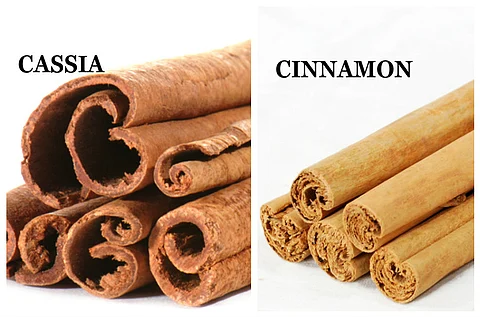

For quite a few years now, Leonard John, a cinnamon planter from Kannur in Kerala, has been trying hard to convince consumers that there is a difference between the aromatic cinnamon and its cousin cassia, which is often passed off as cinnamon in stores in Kerala, and that the latterr is harmful to their health.
"It's a rip-off on consumers that is happening across the country as retail outlets are selling cassia disguised as cinnamon. Cassia costs about Rs 35 per kg and cinnamon costs roughly Rs 250. Consumers are largely ignorant and they are put at health risk by consuming cassia", John had told ET in 2011. He had then knocked on the doors of several government institutions, including the Food Safety and Standards Authority of India (FSSAI) and the Central Vigilance Commission. He later also approached the Kerala High Court.
Finally, hearing his petition, the Kerala High Court asked the state government what it has done to restrict the sale of cassia.
John has also requested the court to collect samples of products from the market and crackdown on the retailers who are selling cassia and book them Food Safety and Standards Act.
This might seem like a simple instance of adulteration, but cassia can be quite harmful.
According to the German Federal Institute of Risk Assessment, Cassia contains coumarin which is a chemical used making rat poison. FSSAI says that low dosage of coumarin consumed over few months can cause liver damage. It could also lead to secretion of liver enzymes in blood, inflammation of liver and might even cause jaundice in some cases. FSSAI also claims that strong anticoagulant properties in the cassia can harm the body by not coagulating the body in times of injury.
“Oil extracted from cassia leaf also contains 8 per cent of coumarin which can cause intestinal ulcer if consumed in large quantities,” M Ananaraj, director of the Indian Institute for Spices Research in Kozhikode, Kerala told Down to Earth.
Moreover, FSSAI suggests that 0.1 mg per kg of body weight is consumable but one kilogram of cassia powder contains 2.1 to 4.4 g of coumarin.
Many European countries have banned cassia and in some countries it is only used to make rat poison. But India imports cassia from China, Indonesia and Vietnam because the import cost of cassia is comparatively very low. For a kilogram of cassia, it will cost around Rs. 35 and a kilogram of cinnamon will cost about Rs 250 per kilogram, according to John.
What is the difference between cassia and cinnamon?
Cinnamon and cassia differ in many ways- from taste, look to texture, and cassia also has a stronger smell. Cassia has intense aroma and cinnamon has a delicate flavor. But the stronger aroma often fools the untrained eye and tongue.
Cassia is cultivated in China, Indonesia and Vietnam. The average production of cinnamon in India is 80 to 100 tonnes per annum but the annual demand of cinnamon is 12,000 tonnes. To meet this growing demand, India imports about 10,000 tonnes of cassia and 200 tonnes of cinnamon a year, stated in a Down to Earth article.
So how can you differentiate between cinnamon and cassia?
Cassia powder is reddish brown and coarse, cinnamon is tan and smooth. The cinnamon sticks curl from one side only and roll up like a newspaper. Cassia bark is thicker because its outer layer is stripped off. Cassia sticks curl inward from both sides towards the center as they dry. If the aroma is too strong, then there is good chance that it is not cinnamon but cassia.